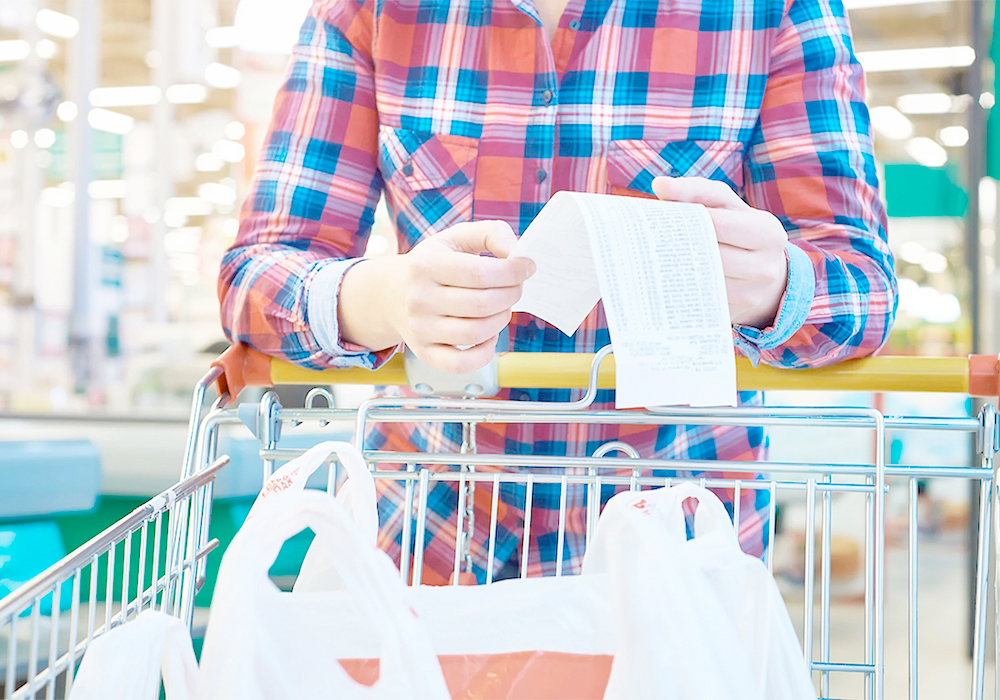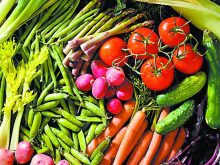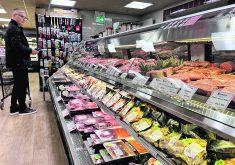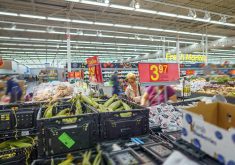Some Canadians are boycotting Loblaws in protest over the high cost of food and a belief that grocery stores are generating unjustifiably high profits.
The campaign started through social media and is generating news media coverage although I don’t know if it is having a big impact on sales.
People are frustrated about inflation, and particularly about food prices, because they can’t avoid buying food every week. The alternative is starvation.
Read Also

Europe holds promise for Canadian lentils
Pulse Canada is trying to help boost lentil consumption in Europe, which is already the fourth largest market.
The boycott is a “people power” effort to effect change when government and central banks seem powerless or disinterested in addressing the problem.
Loblaws is named because it is the largest grocer in Canada, was reluctant to join a grocer’s code of conduct, and because you can put a name and face to its head. Galen Weston Jr., chair of Loblaw, for years appeared on the company’s commercials promoting its President’s Choice house brand.
The House of Commons agriculture committee has also focused on Canada’s grocers and had company executives testify before it. The committee has issued a report with recommendations for actions that would tackle what it called “excessive net profits” in the food industry.
The recommendations include actions to improve competition.
These spotlights on grocers and their profits are worthy because they likely cause food sellers to try to placate customers by offering better deals.
It is also causing those supporting the boycott to re-examine their shopping habits and become more discerning and informed about alternative food sellers.
Some social media posters say they have stopped their weekly one-stop shopping habit and are undertaking price comparisons among several retailers and buying from farmers markets. In the process, they’ve saved money.
While every dollar saved helps, and efforts to improve competition have benefits, I doubt they would have significantly altered food inflation that gripped most of the globe.
It is informative to look at the pace of food inflation in several countries.
A United States Department of Agriculture explainer on food inflation says from 2019 to 2023, the food segment of the Consumer Price Index rose by 25 percent.
The U.S. is understood to have more competition in its food retailing sector than Canada.
So what about our country, where Loblaw, Empire and Metro control 60 per cent of the market?
Statistics Canada’s Consumer Price Index says that between April 2019 and April 2023, food costs rose 22.9 per cent.
What about Australia, far away and with different supply chains?
It’s statistical service says that in roughly the same period, food prices rose 23 per cent.
The three countries’ food inflation rates were all in the same ballpark.
That is not surprising. I believe the vast majority of food price inflation was caused by international events — geopolitical, weather and disease.
These included pandemic-caused supply chain and labour disruptions, Russia’s invasion of Ukraine and several weather problems in South and North America.
It is difficult to detail how each of those factors affect the cost of a product on a grocery store shelf.
And there is lots of finger pointing along the food chain.
Industry association BC Food and Beverage issued a State of the Industry report (ttps://lnk.bio/bcfoodandbeverage) attempting break down the source of costs in a food basket of $100.
It says food processors incur costs of $74.62, including buying raw ingredients, labour, rent, transportation, utilities and marketing, but can only pass on $68.24 of that, generating a loss $6.38.
Meanwhile, the grocers’ costs are $27.47 and they add $4.29 in profit, resulting in a total mark up of $31.76, the association says.
This finger pointing and data uncertainty is noted in a paper by Canadian researchers soon to be printed in the peer reviewed journal Canadian Food Studies (preprint at https://osf.io/preprints/socarxiv/beucd)
A commentary by the paper’s authors in The Conversation had this to say:
“Our analysis found that most claims about food prices in these reports lack scientific rigour … Arguments about the causes of food inflation are frequently incomplete, neglecting to connect the dots between cause and effect.
“For instance, reports may identify the influence of unfavourable weather, climate change or changing retail demand, but fail to elaborate how these translate into actual price increases at the till.”
The authors urge that the proposed grocers code of conduct should have transparency measures, including “third-party audits, open data-sharing and a clear breakdown of what’s driving price changes — from the farm to the shelf … For something as essential as food, Canadians deserve the full story.”















